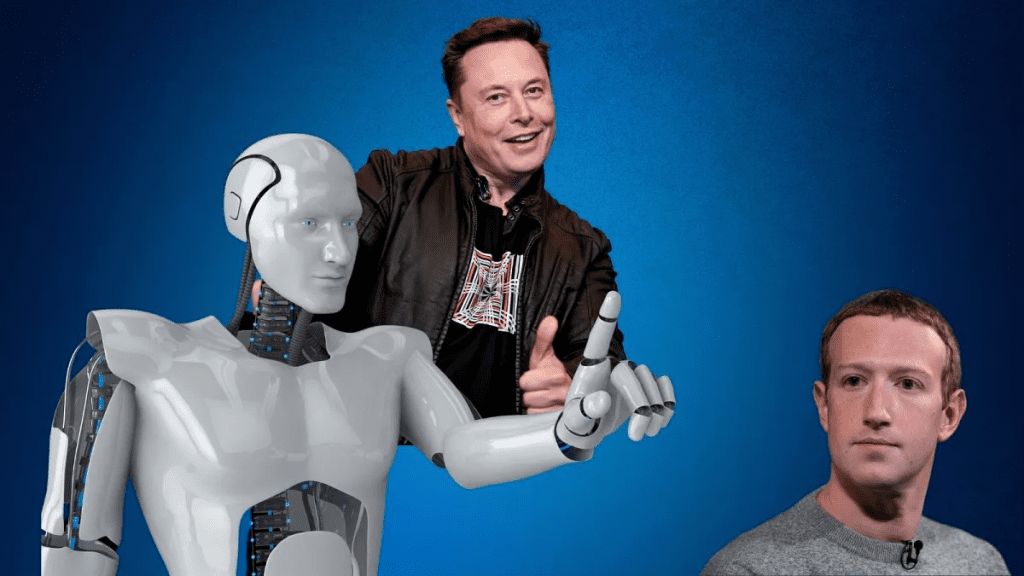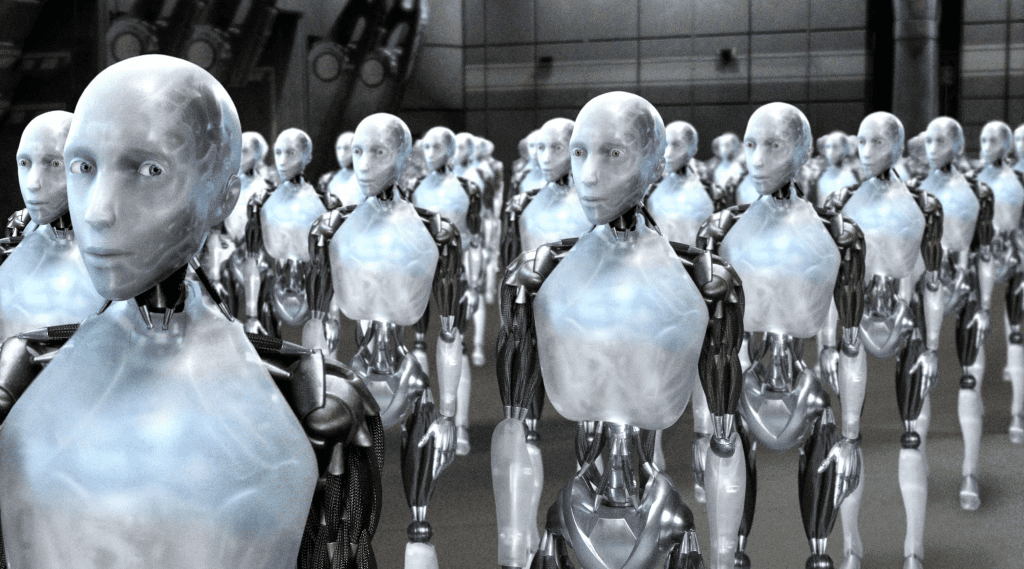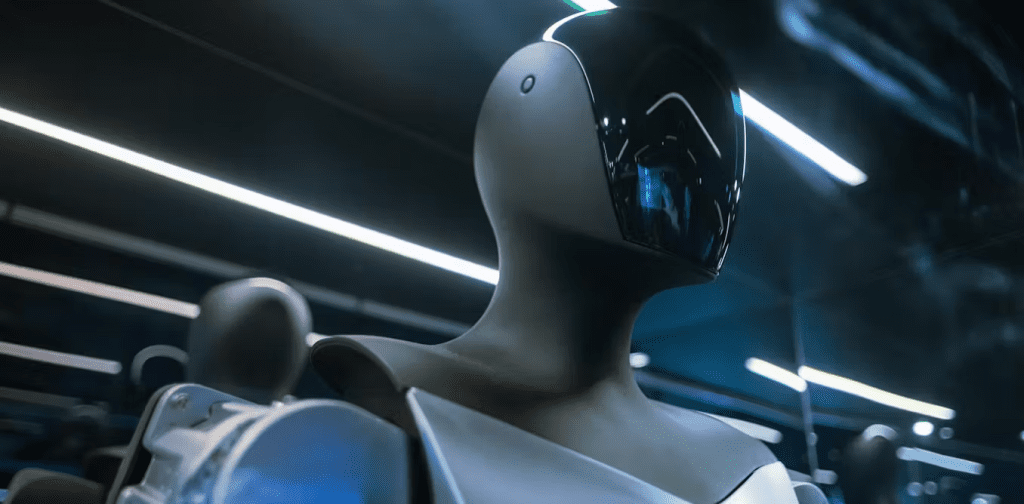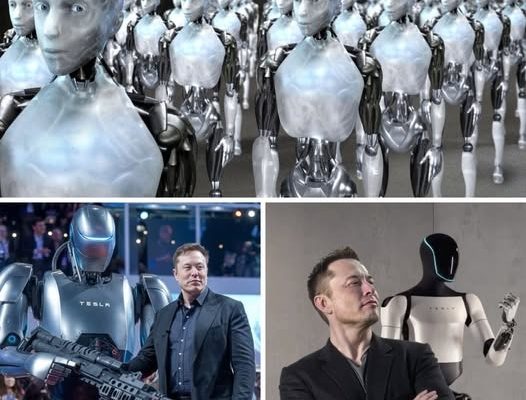In a groundbreaking move that could redefine the future of robotics and human interaction, Elon Musk has unveiled Tesla’s latest ambitious project: a humanoid robot named Optimus. With a projected investment exceeding $10 billion, this innovation marks a bold leap forward in the pursuit of creating robots capable of performing a wide array of tasks—from manual labor to complex problem-solving.
Musk envisions Optimus not just as a productivity tool, but as a transformative force in everyday life and work. The robot’s development is expected to have profound implications across multiple sectors, including manufacturing, healthcare, logistics, and personal assistance.
While Musk is already renowned for his revolutionary work with Tesla’s electric vehicles and SpaceX’s space exploration, Optimus represents a new frontier in his approach to technology. This humanoid robot brings Musk’s long-standing commitment to automation and artificial intelligence into the physical world, with a machine built to perform human-like tasks with precision, autonomy, and adaptability.

Unlike traditional automation, Optimus is designed to handle a wide range of human tasks—everything from repetitive factory work to household chores. Musk sees a future where humanoid robots work side-by-side with humans, taking on physically demanding or monotonous jobs and freeing people to focus on more creative and meaningful pursuits.
One of the core motivations behind Optimus is to address global labor shortages. With aging populations in many developed countries and increasing demands across industries, a robotic workforce could help bridge the gap. In sectors like agriculture, logistics, and manufacturing, Optimus could be a game-changer—boosting productivity and reducing reliance on human labor.
The robot is built with human-like proportions, standing about 5’8” tall, and is equipped with a variety of sensors, actuators, and advanced AI systems. Tesla’s expertise in AI, particularly in autonomous driving, is being applied to enable Optimus to navigate complex environments, recognize objects, and respond to human instructions with minimal oversight.
The AI at the heart of Optimus is powered by a neural network capable of learning from experience. This enables the robot to improve over time, adapting to new environments and tasks. With sensory input from cameras and lidar, Optimus can perceive its surroundings in 360 degrees, ensuring safe and efficient operation in a variety of settings.

One of Optimus’s most impressive features is its autonomy. Unlike previous generations of robots that required continuous human supervision, Optimus is designed to operate independently for extended periods—whether assembling components in a factory, delivering goods in a warehouse, or assisting with household tasks.
Ease of use is another key priority. Tesla has created a simple interface that allows users to program and control the robot without technical expertise. This flexibility makes Optimus suitable for both business and home environments.
The scale of this project is enormous. Tesla’s $10 billion investment covers research, development, production, and the expansion of manufacturing capabilities to bring Optimus to market. Despite the high cost, Musk believes the investment will pay off. According to Tesla’s projections, Optimus could significantly reduce labor costs, improve efficiency, and drive innovation across multiple industries.
For instance, in healthcare, the robot could assist in elderly care or physical therapy, reducing strain on human workers and improving patient outcomes. In manufacturing, it could enhance production speed and consistency while lowering costs.

Tesla plans to ramp up production gradually over the coming years, eventually making Optimus available not just to businesses, but also to consumers. The market potential is vast, with possible uses ranging from personal assistants to home care providers. As global demand for automation grows, Optimus is positioned to play a central role.
However, several challenges remain. One major hurdle is affordability. For small and medium-sized businesses, the initial cost of adopting humanoid robots could be prohibitive. Tesla will need to scale production and reduce costs to make the technology accessible and viable on a large scale.
Another concern is safety and reliability. Given the complex environments Optimus is expected to operate in, ensuring it performs tasks without endangering people or surroundings is critical. Tesla has made safety a top priority, but real-world deployment will be the ultimate test.

There are also ethical and societal implications. While Tesla’s goal is to support—not replace—human workers, the rise of capable humanoid robots could disrupt job markets. A broader conversation about the future of work, retraining, and social responsibility will be essential as this technology matures.
The unveiling of Optimus marks the beginning of a new era in robotics and AI. If successful, it could revolutionize how we live and work—boosting efficiency, improving quality of life, and opening up new economic opportunities.
For Elon Musk, Optimus is yet another example of his commitment to solving global challenges through bold innovation. Just as Tesla redefined the auto industry and SpaceX transformed space travel, Optimus has the potential to reshape human-robot interaction in a profound way


